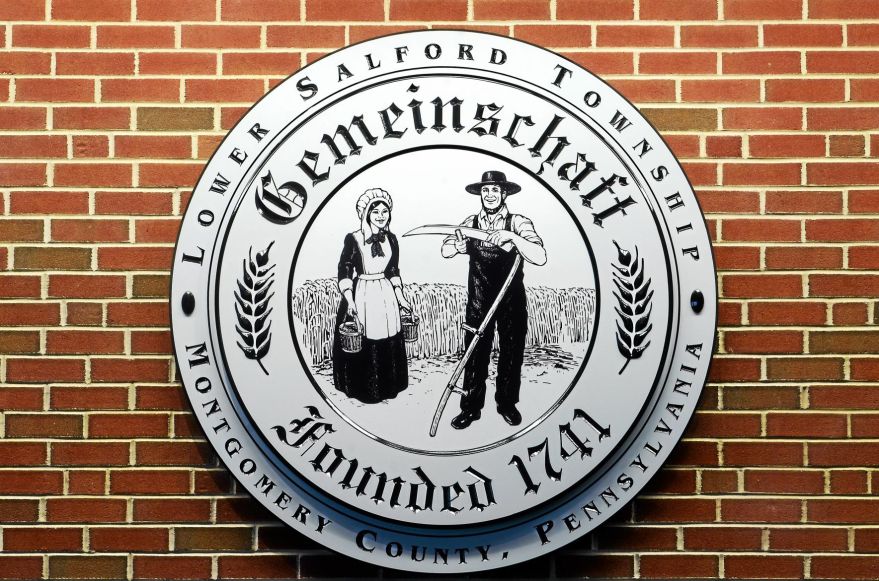Lower Salford hears LED lighting feasibility study

The streetlights in Lower Salford could be changing to light emitting diode next year. “The reason that you want to look at an LED upgrade is that the existing technology that you have in your streetlights is older and inefficient by today’s standards,” Mike Fuller, president of Keystone Lighting Solutions, said at the Nov. 17 Lower Salford Township Board of Supervisors morning work session meeting.
“If you were to do any type of new construction at this point, it would be LED lighting technology,” he said. “It’s the only available technology at this point.”
The benefits of LED street lights include a 50 to 75 percent reduction in energy consumption costs, 50 to 80 percent reduction in system maintenance costs, improved lighting and safety, and reduced light pollution, he said.
Fuller also gave an overview of a feasibility study done by his company for Lower Salford as part of the third round of Delaware Valley Regional Planning Commission’s RSLPP (Regional Streetlight Program Program). During the first round, more than 25,000 street and area lighting fixtures in 35 southeastern Pennsylvania municipalities were upgraded to LED, saving $15.3 million over 20 years and cutting 5,500 metric tons of carbon dioxide emissions each year, according to information in a slide show by Fuller. Another 26 municipalities with about 15,000 streetlights are involved in the current second round, the information shows. About a dozen towns are expected to be in the third and final round, Fuller said.
Lower Salford has 118 “cobrahead” light fixtures and 63 “4-sided colonial” lamp fixtures used for street lighting, Fuller said.
Depending on the extent of the upgrade and the financing of it, the payback period for switching to LED would be four to five years and the net savings to the township over 20 years would be about $385,000, he said.
The feasibility study was phase one of four phases to the LED project, he said. The board’s decision now is whether to move on to the next phase, which will cost $3,421 and include field audits, analysis and a final design project proposal, he said.
“We would kick that off in January, look for phase two to be wrapped up in let’s say late spring so we’re ready for summer construction,” Fuller said. The decision on whether to actually have the conversion done will come after phase 2 is completed, he said.
Board members did not have any objections at the Nov. 17 meeting to moving ahead with phase 2. A vote on it is planned for the board’s Dec. 1 meeting, board Chairman Doug Gifford said.
